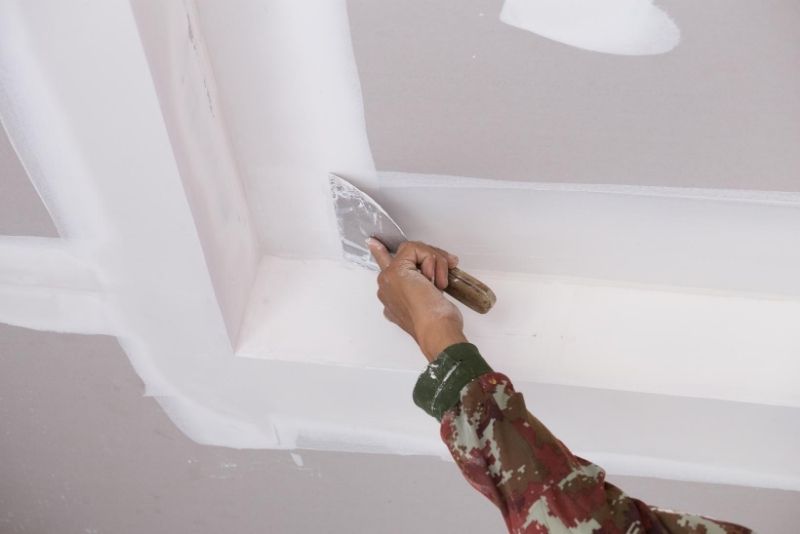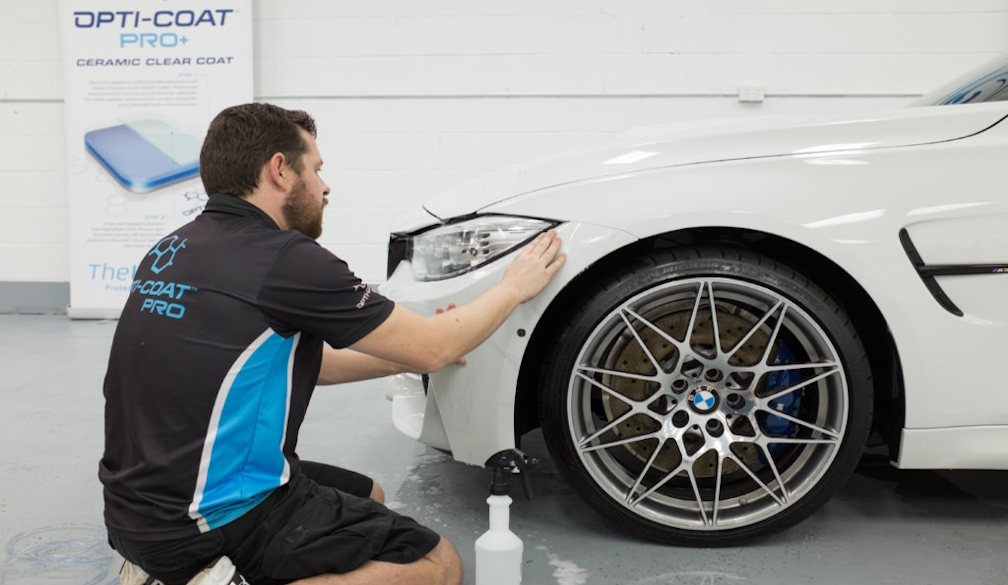Can You Plaster Over Paint?
- Written by News Co

One of the most typical questions on plastering is whether plaster can be applied over paint. From a practical standpoint, it considerably simplifies the plastering work and cuts down on the costs and prep time. But can it be done? Let’s have a look.
Plastering is costly, and you’d want to do it right the first time. Plaster should last you decades, and no home builder or homeowner wants to grapple with plaster falling off the wall in sheets after only a few years. For homeowners and renovators managing the cost of improvements like plastering over paint, planning your budget carefully is key to a successful project. Services like Monzi lender finder can help you explore suitable funding options to cover unexpected expenses or larger renovation costs.
Can you plaster over the paint? The simple answer is yes, but there are instances when this is not recommended. You can plaster over an existing painted wall if the paint is still in tip-top shape in terms of its adhesion.
Before you begin plastering over paint, check to ensure that the surface is sound. If the building is old, inspect the wall and see if it has any blown plaster or some loose paint. Professional services like Plastering Hobart also ensure that the wall is mostly dust-free. In some cases, it may be necessary to wire-brush the surface with the right detergent and apply some adhesion before you begin applying plaster. It is prudent to experiment with this technique on a small trial surface area to determine its suitability before you use it on the rest of the wall surface to be plastered.
For the older walls, significantly where the paint is chipping off or flaky, the best approach is usually to remove as much of the loose paint as possible, sand the wall and then cover it with PVA glue. Allow it to dry and then paint over it. Adding PVA to the paint will also yield some good plastering results.
Know When to Plaster Over Paint
Evaluate the condition of the wall and see if it has been painted recently. Check if there are areas where the paint is flaky or peeling off from the walls. Look out also for any grease or residue on the walls and take appropriate measures to remove them if they exist.
Where the paint is in relatively good condition without flaking or peeling off, proceed with the subsequent steps.
Wash down the walls: It is generally recommended that you wash down the walls. This will get rid of any dirt or grease. Use sugar soap to wash off the grease for the best bonding when applying plaster.
PVA the walls: It is also essential to PVA the walls. Do this by mixing unibond PVA with water in a ratio of three parts water and one part PVA. Then roll this mixer over the walls, allow it to dry. Apply another coat of this on the walls before you start plastering. Applying PVA to the walls ensures that the plaster bonds more effectively on the wall, and it also reduces the suction rate hence allowing your plaster to dry gradually at a good rate. Without this, the plaster may dry too faster, which doesn’t auger too well for the quality and durability of the plastering.
When Not to Plaster Over Paint
It would help if you didn’t plaster over the paint where the paintwork is peeling off the wall. It is also not advisable to skim over the paint as it is likely to flake off and ruin your plaster with it.
Where the paint is flaky or cracking, scrape it off and remove all the loose sections after washing it with sugar soap. Try and remove all of the cracking and flaking paint that is still sticking out. Finally, use Bluegrit. This is a more potent version of the PVA. Roll this over the walls where you have just scraped off the paint. Bluegrit can stick to anything and will enable the plaster to strongly bond to the wall.





